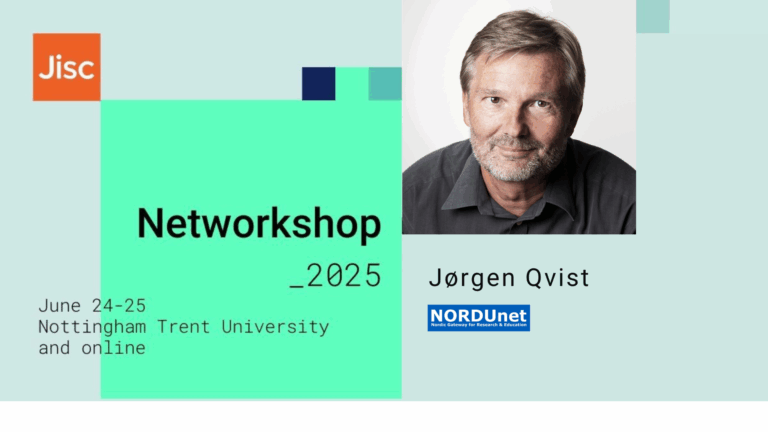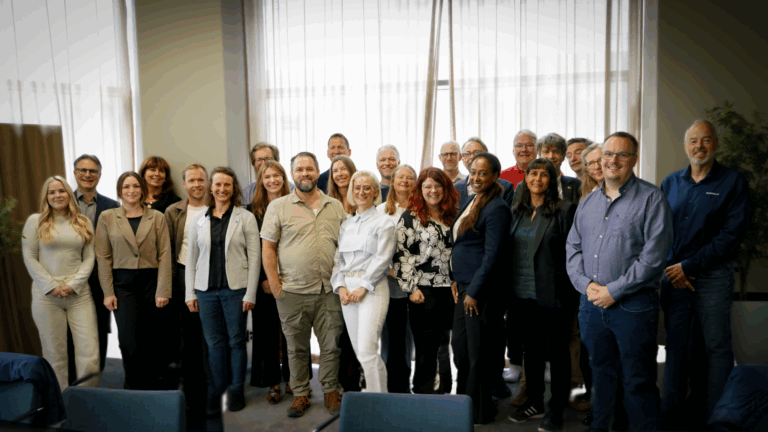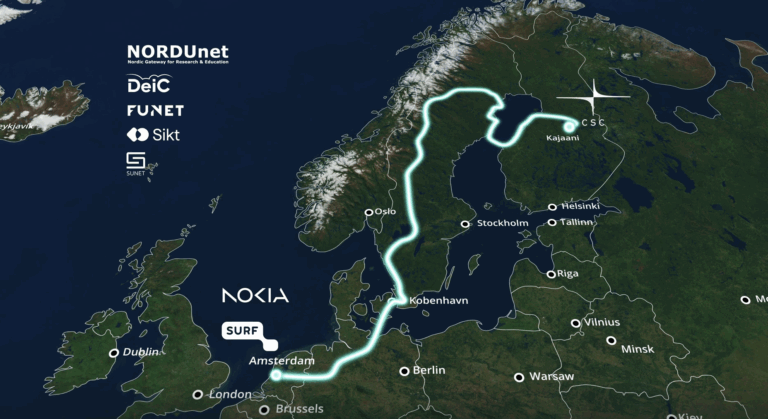Smaller, faster, cheaper have traditionally been the desired features in IP router evolution. Now power efficiency and improved cooling have entered the stage.
Is air a vital cutting-edge IP router component? Indeed, it is.
“Routers and their components have been shrunk to a level where the cooling of the system has become a major challenge. So, the ability to have a rapid air flow through your device is now one of the limiting factors,” says Bruno De Troch, Director for IP Routing and Network Automation at Nokia.
At NDN 2022, he will invite the participants on a journey into the tiny devices which are found at the heart of almost any IP technology.
“I hope I will be forgiven for some product placement as I mention that Nokia will introduce a router with 800 GE (Gigabit Ethernet, ed.) interface by the end of 2022. Probably some of our competitors will follow. When I gave similar presentations just a few years ago, 800 GE was unthinkable to me,” says Bruno De Troch.
Breakthrough in SerDes lane capacity
In 2018, the first 400 GE routers were deployed, and they have since become widespread.
“I would say that 400 GE is the new currency. And I will admit that I had not imagined that I would be talking about 800 GE already now.”
This giant leap forward has been made possible by a range of simultaneous evolutions in different technologies. However, if Bruno De Troch was to name just one key breakthrough, what would it be?
“That would be the evolution into SerDes (Serializer/De-serializer, ed.) units carrying 100 G in just one lane.”
Lanes are the electrical bonds between different chips on a line card.
“Not long ago, the maximum for one lane was 25 G. So, if we were to have 800 G at that time, we would have had to have 32 parallel lanes. That would have been extremely challenging and difficult to manage in practice. The upcoming 800 GE devices will really be 8×100 G which is also challenging but possible to handle.”
Significant power savings
Then, will 800 GE be enough to satisfy the market? Bruno De Troch turns the question around:
“Experience tells me that whenever we find a way to increase capacity, people will find a way to use that capacity! So, the evolution will continue.”
Still, the IP product developer sees some developments that are not only related to increasing capacity:
“In recent years, we have seen low power consumption becoming a major concern for customers.”
The high focus on power efficiency is caused by a range of reasons such as desire to increase sustainability and to control power consumption in a market with rising energy prices.
“Also, a higher power consumption potentially equals more heat generation inside the device which again may be a problem, since we are facing challenges in achieving the necessary cooling,” Bruno De Troch notes.
To that end, it is great news that the 800 GE routers will be significantly more energy efficient relative to the current 4OO GE devices. In comparison with the current state-of-the-art 50 G lanes, power consumption for a 100 G lane will be slightly higher, but since one 100 G lane replaces two 50 G lanes, the energy efficiency relative to capacity is improved by 25-43 per cent.
“And this is just for the optical part of the system. When improvements in other parts of the system are added in, we end up with 75 per cent power optimization for the 800 GE routers. This is very important, not just for better sustainability but also for practical reasons. Customers will be able to install the new higher capacity routers without changing their power supplies or their cooling systems.”
Bruno De Troch is Director for IP Routing and Network Automation for EMEA (Europe, the Middle East, and Africa) at Nokia.




